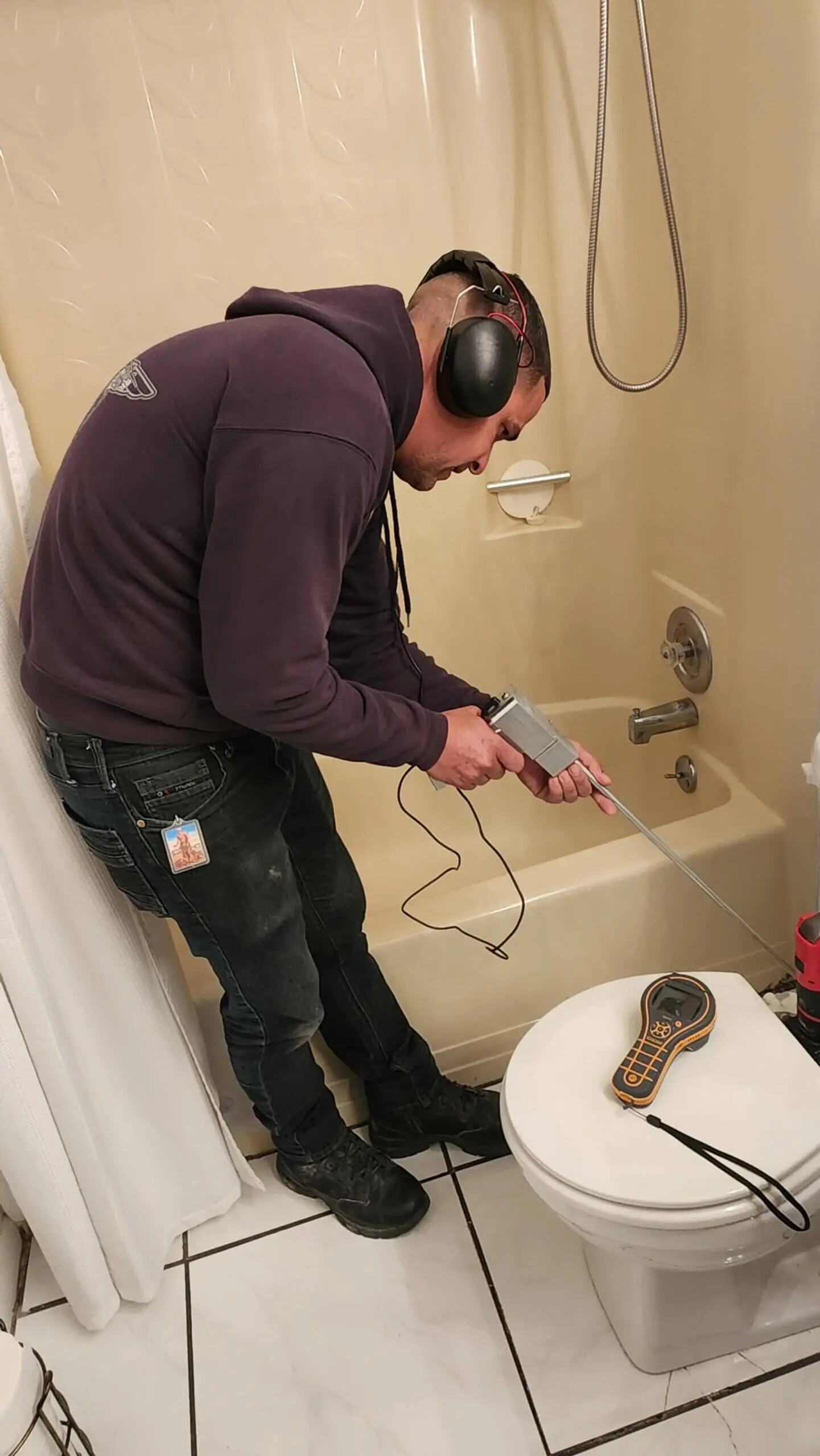
What Kills 100% Of Mold? Costs, Success Rates, and Powerful Mold-Killing Methods
Introduction
Mold – just the word can send shivers down your spine. It’s one of those things that can turn a cozy home into a breeding ground for health issues and structural damage. But don't fret! In this article, we’ll explore mold remediation in depth. What does it cost? How successful is it? And what methods are the best for kicking mold to the curb? Let’s dive into the nitty-gritty of Mold Remediation Demystified: Costs, Success Rates, and Powerful Mold-Killing Methods.
What is Mold Remediation?
Mold remediation refers to the process of identifying and eliminating mold growth from your environment. But it's not just about cleaning up; it's a comprehensive approach that includes:
Understanding these steps can also help you figure out if you're dealing with a DIY situation or if it’s time to call in professionals.
Why is Mold Remediation Important?
You might wonder, “Why go through all this trouble?” Well, mold can lead to various health problems like respiratory issues, allergies, and even more severe conditions for immunocompromised individuals. Not to mention that mold can wreak havoc on your property values if left unchecked.
Costs Associated with Mold Remediation
Average Costs for Mold Removal
So how much will it set you back? The average cost of professional mold remediation typically ranges between $1,500 and $3,000. However, this can vary based on several factors:
| Factor | Description | |----------------------|--------------------------------------------| | Size of Infestation | Larger areas mean higher costs | | Type of Mold | Some molds require specialized removal | | Accessibility | Hard-to-reach areas may increase costs | | Location | Prices may differ by region |
Breakdown of Expenses
- Inspection Fees: Expect to pay around $200-$600 for an initial inspection.
- Testing Fees: If tests are needed (which they often are), add another $300-$500.
- Remediation Costs: This includes labor and materials; costs can escalate quickly depending on severity.
Insurance Coverage for Mold Remediation
Many homeowners' insurance policies do cover some aspects of mold remediation but check your specific policy details. Not all types of water damage are covered which can directly affect mold growth.
Success Rates in Mold Remediation
Understanding Success Rates
When we talk about success rates in mold remediation, we're looking at how effectively the chosen methods eliminate mold from your space.
Factors Influencing Success Rates
Common Success Rates by Method
Here's a quick rundown of common remediation methods and their reported success rates:
| Method | Success Rate | |------------------------------|-----------------| | HEPA Vacuuming | 90%+ | | Chemical Treatments | 85%-90% | | Encapsulation | 75%-80% | | Physical Removal | 95%+ |
Long-term Efficacy
While many methods boast high success rates initially, long-term efficacy really depends on prevention measures taken afterward.
Powerful Mold-Killing Methods
Chemical Treatments vs Natural Remedies
When it comes down to it, there are two main avenues you can take—chemical treatments or natural remedies:
Chemical Treatments
- Bleach: Effective but not always recommended; often only works on non-porous surfaces.
- Hydrogen Peroxide: A safer alternative that works well on porous surfaces too.
Natural Remedies
- Vinegar: An excellent choice for minor infestations; safe and effective.
- Baking Soda: Works wonders when combined with vinegar for scrubbing away surface molds.
Advanced Techniques for Severe Cases
For significant infestations or specific types of toxic mold like black mold (Stachybotrys), consider advanced techniques such as:
These techniques often require professional handling but boast high effectiveness.
DIY vs Professional Mold Remediation: Which One Should You Choose?
It’s tempting to roll up your sleeves and tackle mold yourself—after all, who wants to shell out cash if they don’t have to? But remember:
When DIY is Appropriate
- Small patches of surface-level mold
- Areas where moisture can be easily controlled post-cleanup
When to Call Professionals
- Extensive growth covering large areas
- Presence of toxic molds
- Ongoing moisture issues
Preventing Future Mold Growth After Remediation
Once you've tackled the problem head-on, how do you prevent it from coming back?

Humidity Control
Keep humidity levels below 50% using dehumidifiers or air conditioning units.
Ventilation
Ensure proper ventilation in bathrooms, kitchens, and basements.
Regular Inspections
Make periodic checks part of your seasonal routine—better safe than sorry!
FAQs About Mold Remediation
What causes mold growth indoors?
Mold typically thrives in damp environments with poor ventilation—a perfect storm created by leaks or high humidity levels.
How long does the mold remediation process take?
The duration varies widely based on https://tiptop-plumbing.com/pembroke-pines/ infestation size but usually takes anywhere from a few days to several weeks.
Will I need to leave my home during remediation?
In cases involving heavy contaminations or toxic molds, professionals often recommend vacating the premises during treatment.

Can I handle small amounts of mold myself?
Yes! For small patches you can clean with soap and water or vinegar solutions—but always wear protective gear!
Does bleach kill all types of mold?
Nope! While bleach may kill surface molds effectively, it doesn't penetrate porous materials well enough to reach roots.
How often should I test my home for mold?
If you're particularly sensitive or live in a humid climate, consider testing every six months; otherwise once a year is generally sufficient!

Conclusion
Navigating the world of mold remediation doesn’t have to be daunting! By understanding costs associated with different methods and recognizing when it's time to call in professionals versus tackling small issues yourself—you're better equipped than most folks out there! Remember that prevention is key after you've addressed any existing problems because no one wants an unwelcome return guest like mold creeping back into their sanctuary!
So whether you're facing a minor issue or planning extensive work due to severe cases—now you know what steps need taking along with potential expenses involved! Keep this guide handy so whenever those pesky spores rear their ugly heads again—you'll be ready!
And there you have it—a comprehensive dive into "Mold Remediation Demystified: Costs, Success Rates, and Powerful Mold-Killing Methods." Consider yourself armed with knowledge!